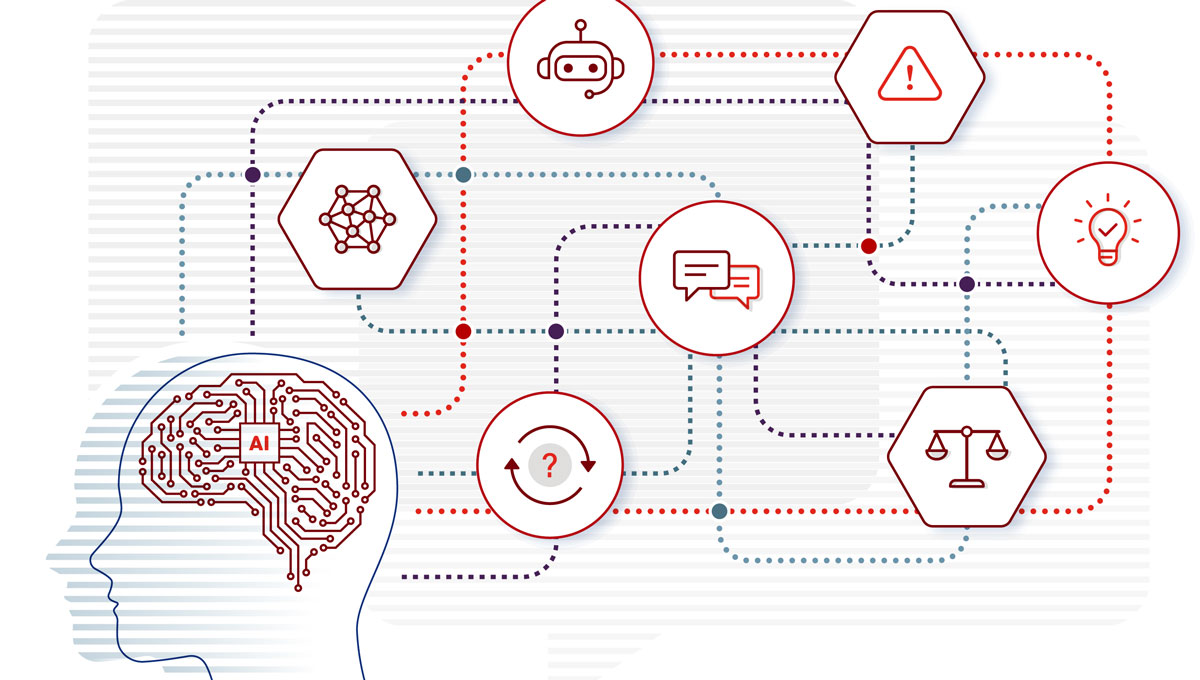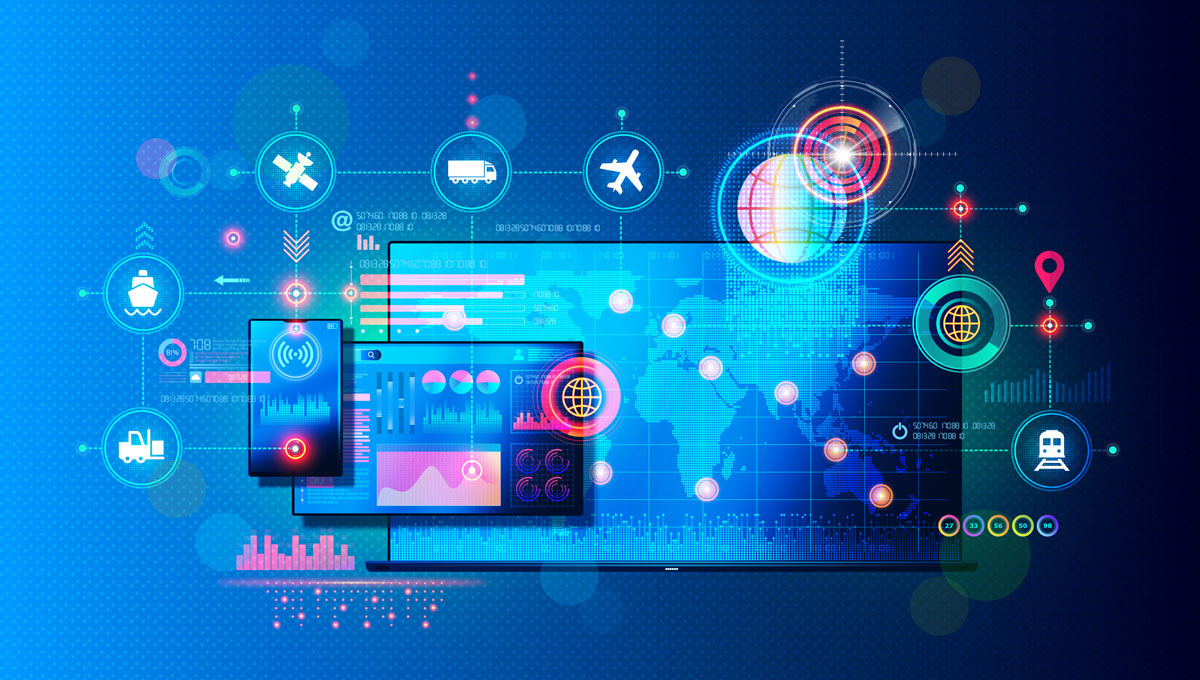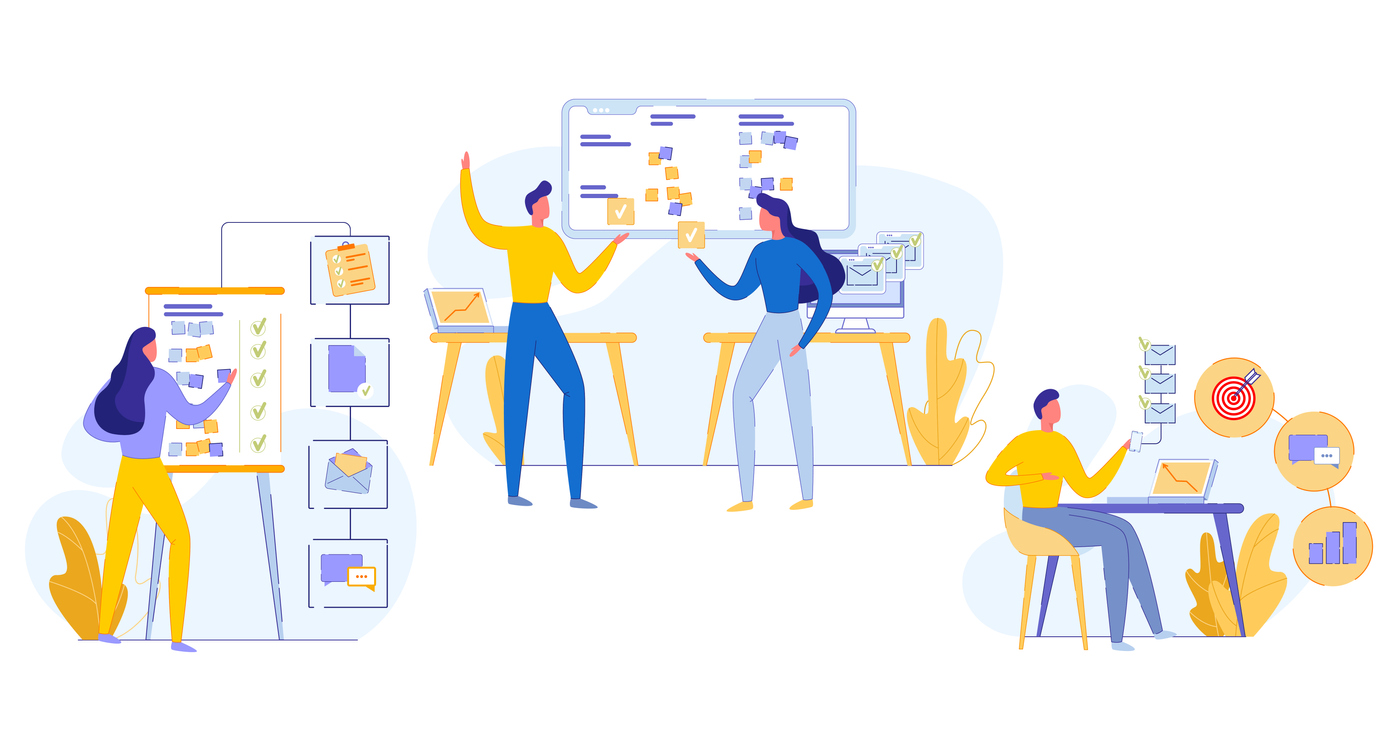
In its conventional sense, project management has been marked by rigorous methods and stringent controls. But in the wake of generative AI technology, we’re on the brink of a transformative change in how projects are managed.
As chatbots pervade all aspects of our digital lives — from banking to education to shopping — those who plan and run projects for a living will expect the same intelligence, ease of use, and real-time explanations from our project management solutions.
This post details a sampling of the technology transforming project management today and its advantages. Vendors who dismiss generative AI as just another flash-in-the-pan will see their customers run for the exits toward more sophisticated and user-friendly solutions.
Project management is not just about managing projects anymore: It’s about steering your organization toward a future that’s defined by intelligent technology and strategic excellence.
The Power of Chatbots
Chatbots have been around for a while. Using them has been like walking in a dark forest with only your cell phone’s flashlight to guide you. Wander off the well-trodden path, and chatbot leaves you in the thicket, failing to deliver anything relevant or helpful.
With the new generation of large language models, there’s a qualitative difference in what is possible. Incorporating chatbots within project portfolio management software eliminates the need to search through extensive documentation for answers.
Instead of directing users to a certain page of wordy and diffuse user guides, chatbots provide direct answers to queries, considering the context and details of the question asked. This makes the communication more conversational and personalized, leading to better user understanding.
For instance, when asked about the method to modify a project’s timeline, the chatbot can directly guide the user through the process rather than merely pointing to a section in a user manual.
Moreover, chatbots present a dynamic platform for user feedback. They can ask whether their response was helpful, collecting valuable insights for product improvement. Their capacity to answer follow-up questions ensures comprehensive support to users, empowering users to continue their mission-critical activities.
Generative AI’s Nuanced Nutshelling
Generative AI’s capacity for summarizing reams of complex information is another advantage.
For instance, AI can provide constructive feedback on a project charter, assessing its scope, clarity of objectives, and success criteria. This automated review process can substantially expedite the project initialization phase and avoid scope creep during the execution phase.
With respect to a Kanban board and agile development methods, generative AI can help teams quickly make meaning of their work, generating a plain-text summary of ongoing activities, highlighting themes and connections to strategic goals or Objectives and Key Results (OKRs).
Users no longer have to manually analyze each task or story card, as the AI presents a comprehensive snapshot of the work in progress and its strategic relevance.
Generative AI can also monitor changes in activity states and resource updates since the last login or stand-up, offering valuable insights to keep everyone abreast of the latest project dynamics. This helps ensure that time in meetings is spent on the most important issues with the greatest potential to impact project outcomes.
Gone are the days of a project team building the project plan from the ground up, activity by activity.
Generative AI can propose a project plan’s work breakdown structure (WBS) based on projects previously run by the team, division, or company. AI can suggest a tailored project timeline and resource allocation by examining similar past projects.
Finally, AI’s ability to interpret performance metrics in real time and focus attention on the biggest issues reported on a crowded dashboard is a game-changer.
Here, traditional AI/ML can complement these explanations by suggesting actionable steps to mitigate risk and improve performance, turning complex data analytics into practical action items. Teams that understand the “so what” associated with every issue, along with the possible paths forward, are empowered to improve project performance every day, every week.
Conversational Interfaces for Project Management Tasks
Project Management software with built-in generative AI can employ conversational interfaces to execute tasks, from the tedious to the complex.
A statement like “I worked on AS-143 for two hours this morning and built unit tests for it for the bulk of the afternoon” could be enough to fill out a timecard when augmented by a few follow-up questions from the chatbot.
Users can also create a chart with a simple request such as, “Show me the gaps in my development pipeline that might cause us to fall short of our strategic goals.” Such commands bypass multiple manual steps, saving valuable time and enhancing productivity.
For users unfamiliar with a dataset, the AI might suggest views they would never have considered themselves. The chatbot can then interpret the view, highlighting gaps and suggesting steps to mitigate risk and bolster the product pipeline.
Once the province only of seasoned experts and expensive consultants, AI-supported application configuration can be performed by the customer without extensive training. Conversational AI allows users to customize their application fields based on their business domain and project types.
For example, by describing the nature of projects being undertaken, the AI can suggest and create appropriate project-specific metadata fields. Users can ask which settings are available for a specific report, table, or screen, review how they are currently configured, and request that some be modified to mesh with a specific use case or job to be done.
The combination of generative AI and conversational interfaces can turn smartphones and tablets into fully capable project management tools, empowering teams to manage their work from anywhere and at any time. Users could instruct their AI assistant to “move Task 17 to Phase 2” or “assign Susan to Project X,” all while they are on the go.
Beyond merely assigning tasks, these AI-powered voice prompts could enable team leaders to request and receive real-time updates, such as “show me the progress of Project Y,” thereby bridging the gap between desktop-bound software and the increasingly mobile work world. Additionally, the AI can aid in planning, as with a statement like, “schedule a project review meeting next week,” effectively organizing users’ schedules.
Integrating generative AI in mobile project management doesn’t stop at voice prompts either. It can provide users with intelligent text-based suggestions, like alerting them of an approaching deadline or suggesting the most efficient order to complete their assigned tasks, all delivered right to their fingertips.
Don’t Get Left Behind
The benefits of weaving generative AI into project management software are clear: AI provides a conversational interface that makes the technology more accessible to users at all levels of technical proficiency.
The focus shifts from understanding complex software to simply interacting conversationally with the AI to get work done.
Mobile devices become a key piece of a project management toolkit, accelerating access to the latest updates and streamlining approvals and updates. Real-time summaries help focus meetings and conversations on tasks and activities that require attention and retrieve resources to speed execution and ensure quality outcomes.
Your decision to adopt AI-enabled project management tools signifies a commitment to innovation, efficiency, and sustained competitive advantage. It’s an investment in your organization’s future, a catalyst for transformation, and a key driver of growth.
Simply put, project management isn’t only about managing projects anymore. It’s about steering your organization toward a future that’s defined by intelligent technology and strategic excellence.




